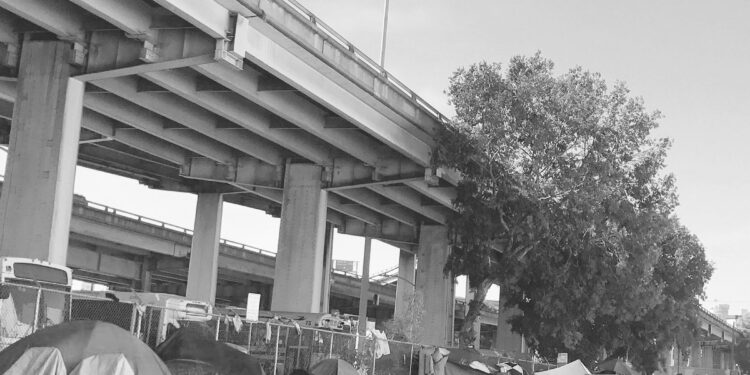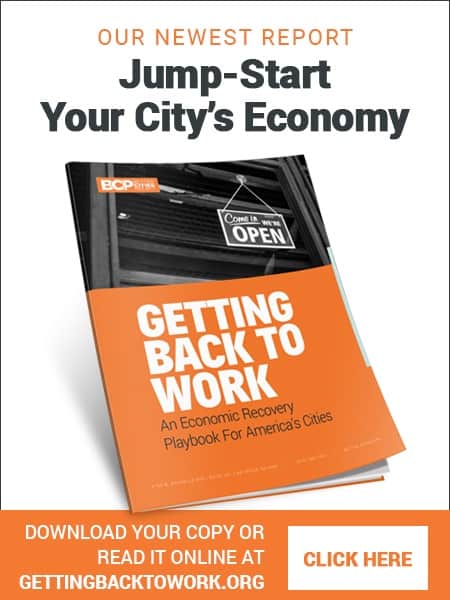Grether reports that between July 2024 and July 2025 San Francisco arrested or cited more than 1,080 people for illegal lodging—over ten times the prior year—after the Court held on June 28, 2024, that anti-camping laws do not, by themselves, violate the Eighth Amendment. City officials pair enforcement with outreach and added shelter, and they point to an 85% drop in tents and structures since an April 2020 peak.
The legal context matters. Grants Pass narrowed the Ninth Circuit’s earlier limits and effectively returned discretion to local governments—provided they enforce conduct, not status, and stay within constitutional bounds. Since the ruling, jurisdictions have accelerated ordinance activity; the ACLU counts nearly 220 new anti-camping measures enacted nationwide in the first year. That’s a fast-moving policy environment, and it places more weight on city implementation choices.
San Francisco’s results are notable but incomplete. Fewer tents do not confirm fewer unhoused people. The city’s 2024 point-in-time (PIT) count found more than 8,300 people experiencing homelessness on a single night, while roughly 3,900 were in shelter—evidence that demand still exceeds supply even as shelter capacity has grown. A visible win on sidewalks can coexist with a persistent gap in beds and services.
For municipal leaders considering similar steps, five policy implications stand out:
1) Treat enforcement as a program design problem, not just a posture. The Court handed cities discretion, not a turnkey solution. If enforcement is the “stick,” cities need an operational “carrot” ready at the same time—real-time shelter bed matching, transportation, and clinical triage. Grether’s reporting describes San Francisco’s emphasis on interdepartmental coordination, which is the unglamorous core of any sustainable strategy. Build joint field protocols and data feeds before citations surge.
2) Calibrate to capacity, publicly and often. Enforcement without beds will bottleneck. Publish a daily shelter-availability dashboard, with intake criteria and transportation windows, so officers and outreach teams can make credible offers in the field. San Francisco increased shelter capacity over recent years, but the PIT data show the gap remains. Align your citation strategy with a transparent shelter pipeline to avoid performative sweeps that simply move people along.
3) Protect health and property during operations. The literature links involuntary displacement to higher overdose and mortality risk among people who use drugs. Cities should time operations to clinical capacity, stage mobile medication-assisted treatment, and adopt strict “bag-and-tag” evidence chains so IDs, medications, and vital documents are preserved and retrievable. Audit those processes with third-party spot checks.
4) Measure more than tents. Tent tallies are politically salient but are a partial metric. Pair them with: (a) unsheltered inflow/outflow; (b) time-to-placement for high-acuity cases; (c) repeat-contact rates by location; and (d) business-district foot traffic. San Francisco’s visible tent reduction is real; what matters next is whether overall unsheltered counts, emergency room utilization, and repeat service contacts decline. Design your dashboards now.
5) Update ordinances with guardrails and sunset reviews. The post-Grants Pass wave of local ordinances is broad. If your city adopts new rules, include: clear definitions of prohibited conduct, offer-of-services requirements, documentation standards, and automatic reviews at 12 and 24 months with outcome reporting to the council. That protects civil liberties, reduces litigation risk, and forces continuous improvement.
Two counterpoints deserve attention. First, some will argue that encampment clearance is the only lever cities fully control, while housing finance and behavioral-health capacity lag at the state level. Fair enough—but that increases the duty to avoid counterproductive churn. Second, others will say enforcement criminalizes poverty. The Supreme Court has limited that claim as a constitutional matter, but the policy debate remains: enforcement should be judged by whether it reduces unsheltered homelessness and harm, not just by cleaner blocks.
Bottom line for city halls: The Journal piece by Maggie Grether captures a city leaning into its new authority and reaping visible gains on block-face conditions. The lesson for municipal leaders is to weld that authority to disciplined operations: capacity-aware outreach, clinically informed timing, rigorous property protocols, and metrics that extend beyond tents. Cleaner streets can be a milestone, not the finish line.









